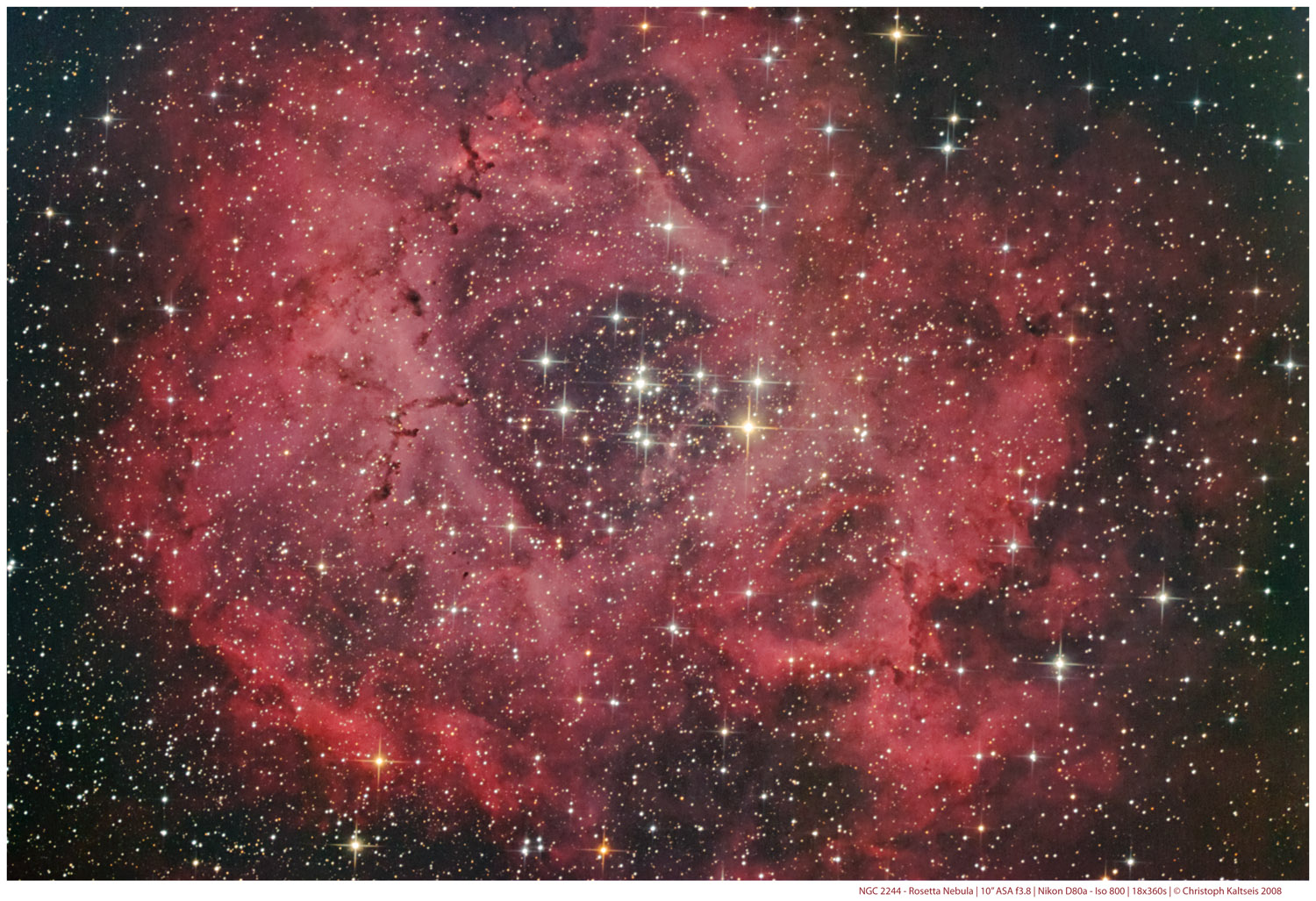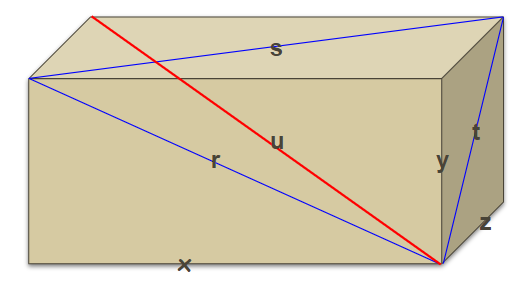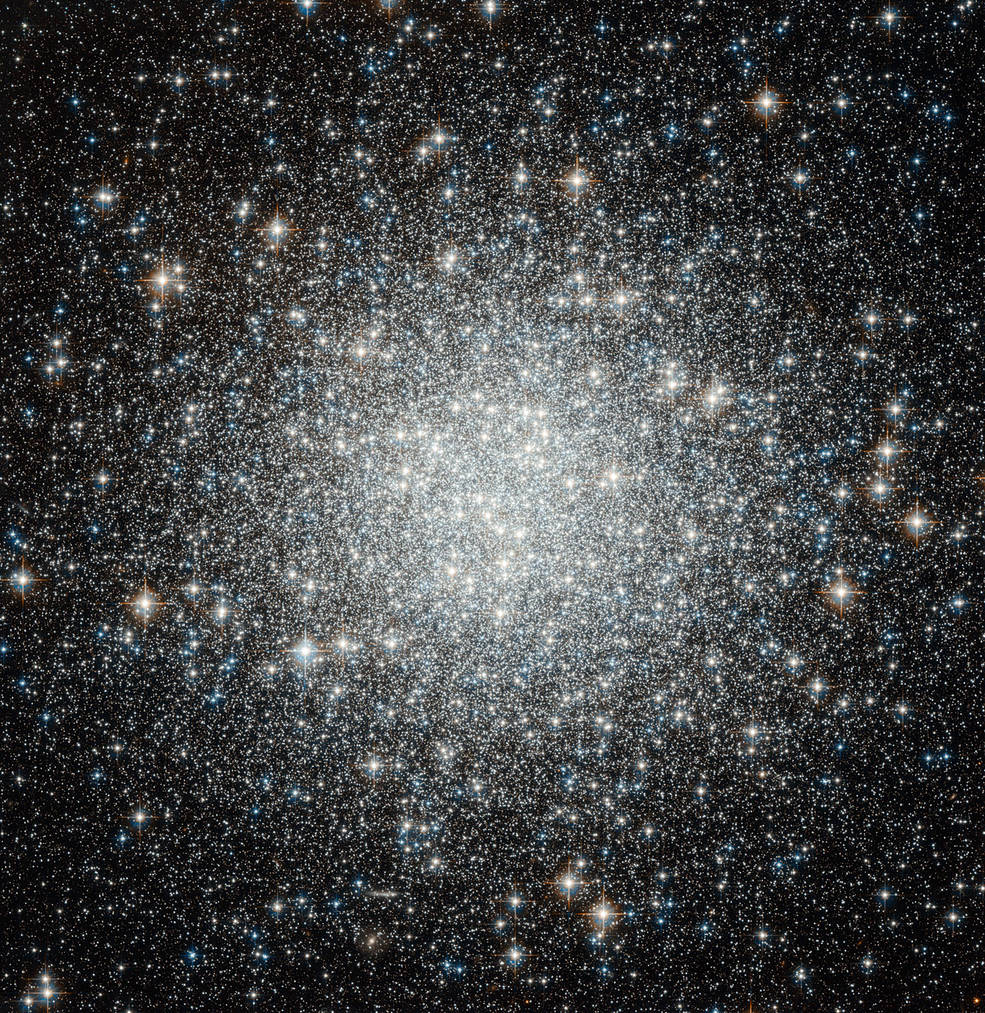Research
Current Projects
Vertical Structure of NGC 4565
Advisor: Prof. Adam Leroy
The Ohio State University
When looking to characterize the structure and star forming activity of a molecular gas cloud, one of the most important quantties to measure is the gas density. While physically the quantity of interest is the gas volume density, we are typically limited to measuring the surface density which does not show the whole picture. The face-on view of NGC 4565 gives us the ability to experically develop relations between the molecular gas scale height and how is changes across a galaxy. This relationship can then be used to find the volume density of a molecular cloud based on its surface density and scale height.

Optical imaging of NGC 4565 by Ken Crawford (Rancho Del Sol Observatory).
Dense Gas Tracing SSC Formation in the Antennae Overlap
Advisors: Dr. Molly Finn and Prof. Remy Indebetouw
National Radio Astronomy Observatory
In both Milky Way and extragalactic studies, dense gas has been shown to be closely linked with star formation. HCO+ and HCN are often used to trace this dense gas due to their bright emission and high critical densities. These tracers have recently been of interest for their potential to trace the evolutionary stage of molecular clouds as they are forming super star clusters (SSCs). The Antennae overlap has a large population of young SSCs in a variety of evolutionary stages, including the only known candidate proto-SSC that has not yet begun star formation. This makes the Antennae overlap an ideal location to probe the evolution of the dense gas up until the earliest stages of SSC formation.
Ratios of HCN/HCO+ and HCO+/CO with a schematic showing the stages of evolution adapted from Finn et al. (2019). HCN/HCO+ appears to decrease with age, while HCO+/CO appears to increase with age.
Past Projects
Molecular Cloud Properties in the Merging Antennae Galaxies
Advisors: Dr. Molly Finn and Prof. Remy Indebetouw
National Radio Astronomy Observatory REU Program
The Antennae galaxies are a pair of merging galaxies that has formed thousands of super star clusters (SSCs). Using ALMA observations of CO, I identified and characterized the molecular clouds in the overlap region between the two galaxies. I found that the molecular clouds are very dense and require extremely hiigh external pressures to remain gravitationally bound due to their high amount of turbulence. This is consistent with other large galaxies with high star formation rates and molecular clouds at the centers of galaxies, regardless of their star formation rates. Comparing the Antennae molecular clouds to SSC-forming dwarf galaxies also suggests that the physical properties needed to form SSCs in dwarf galaxies are significantly different to massive galaxies.
The results of this work were presented at the 241st AAS meeting with the full paper published in the Astrophysical Journal.
An article was also written by Brien Koberlein about the topic and can be found below.
Star Clusters are Super, and Research Student Studies Why
Star Clusters are Super, and Research Student Studies Why
The Impact of Nebular Line Emission on SED-Derived Galaxy Properties
Advisor: Prof. Desika Narayanan
University of Florida REU Program
Spectral energy distributions (SEDs) are commonly used to derive various physical properties of galaxies such as mass and star formation rate. One difficulty of fitting SEDs to observations is the involvement of nebular line emission from HII regions around young stars. The additional flux from these emission lines can cause the fitted SEDs to overestimate the masses of galaxies. This is especially true as redshift increases due to the nebular lines making up a larger fraction of the total observed flux. Using the known masses of simulated galaxies as ground truth, we can create mock SEDs with and without nebular lines and quantify how they affect the galaxy SEDs and their derived properties.
The results of this work were presented at AAS 243 and the iPoster can be viewed in the AAS 243 iPoster gallery.
Determining Radial Velocities of Young Star Clusters
Advisor: Dr. Alexandra Yep
Agnes Scott College
How stars and star clusters are moving throughout the sky can tell us a lot about their star formation histories. Using the 0.9 m SARA (Southeastern Association for Research in Astronomy) telescope at Kitt Peak (SARA-KP) and its fiber-fed echelle spectrograph, I observed numerous stars in the open cluster NGC 2244. Using the redshift of the stars, I was able to estimate the radial velocity of the star cluster. Combining this radial velocity calculation with proper motion data from Gaia allows for the calculation of the total motion of the star cluster.

5 million year old star cluster NGC 2244 in the Rosette Nebula. Original by Christoph Kaltseis (Hubble/ESA)</figcaption>
New Constraints on the Dimensions of a Theoretical Perfect Cuboid
Advisor: Prof. Alan Koch
Agnes Scott College STEM Scholars Program
Perfect cuboids are theoretical boxes with that have all integer dimensions (three sides and four diagonals). In the hundreds of years since the perfect cuboid was first proposed, no one has been able to find one, or even prove if it can exist. Using numerical analysis and modeular arithmetic, I was able to place additional constraints on the side lengths a perfect must have is such an object does exist. I also determined the minimum volume of a cuboid to be a multiple of 12,640,320.

A perfect cuboid would require integer values of all side and diagonal lengths x, y, z, r, s, t, and u.
HR Diagrams and Ages of Globular Clusters
Advisor: Prof. Amy Lovell
Agnes Scott College
Globular clusters are among the oldest objects in the universe with some being over 13 billion years old. Using the 1m Jacobus Kapteyn SARA Telescope at the Roque de los Muchachos Observatory in La Palma, I obtained detailed photometric data from the M53 and M79 globular clusters. After constructing Hertzsprung-Russell (HR) diagrams of the star clusters, I was able to use isochrones to determine the ages of each of the globular clusters to be close to 12 billion years old, although M53 is slightly older than M79.


Globular clusters M53 (left) and M79 (right). Credit NASA & ESA/Hubble
